17 May Block Printed Ghaggra of Rajasthan- Silhouettes of Indian Apparel
Block Printed Ghaggra : Due to the increased flow of trade and immigrants to the Indian subcontinent, the first stitched garment in Indian women’s sartorial elegance started appearing as early as the eleventh century, and it was the Ghaggra(a gathered skirt) & Choli( a blouse). This practical and straightforward garment was appropriate for the standards of modesty prevalent at the time. Additionally, it allowed for easy movement during any day job. Before this, the unstitched saree was ubiquitous on the Indian subcontinent.
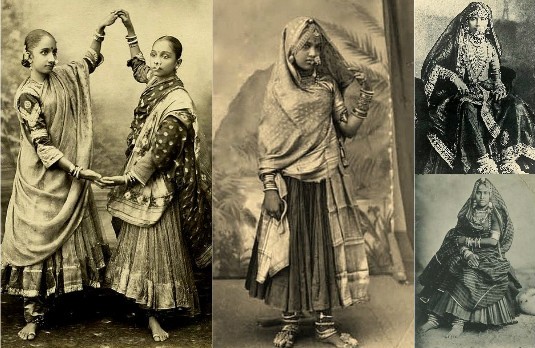
Ghaggra and Choli especially the hand block printed version, are still the identities of traditional rural women of Rajasthan. Despite their faces covered by the colorful odhani ( long fine scarves), the construction or prints details of the ghaggra tell the story of the whole life of the women wearing it.
ALSO, READ
THE JAMA AND ANGRAKHA, THE SILHOUETTES OF INDIAN APPAREL
TRADITIONAL BLOCK PRINTING TECHNIQUE: BAGH PRINTING FROM MADHYA PRADESH
HAND BLOCKPRINTING FAME, COLORS, AND FLORAL DESIGNS OF SANGANER

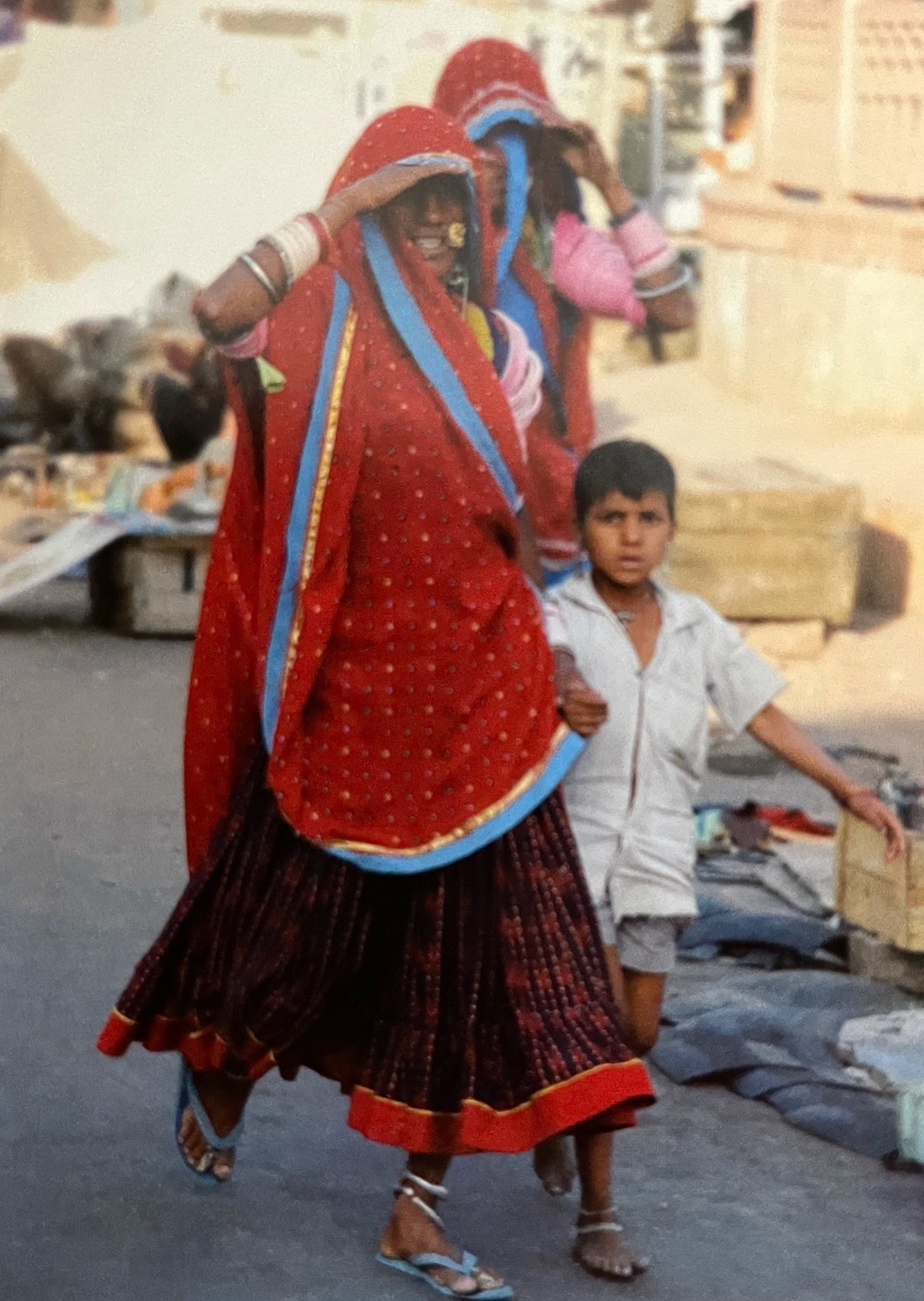
Let us study some of these fascinating details pertaining to the hand block printed ghaggras of Rajasthan.
GHAGGRA DEPICTING THE RELATIONSHIP STATUS
When a printed Ghaggra is worn by a married woman whose husband is still alive, then a broad red border with thin yellow piping above is added to the hem of the ghaggra.
When a woman loses her husband then no border is hemmed to the edges of her ghaggra, only thin red piping on edge.
Additionally, every significant life stage the woman reaches, calls for a new set of ghaggra to be given by her husband, which includes marriage, pregnancy, the birth of her first child, the marriage of the oldest son.
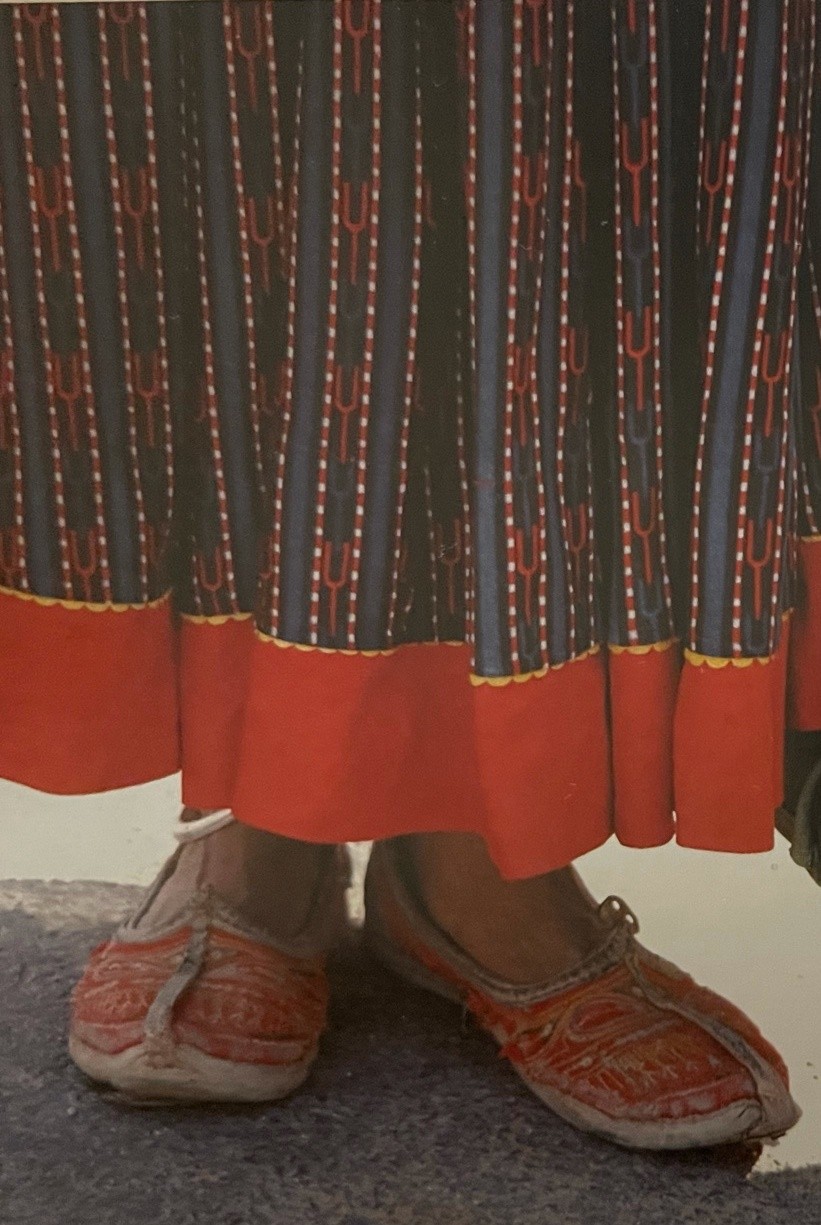
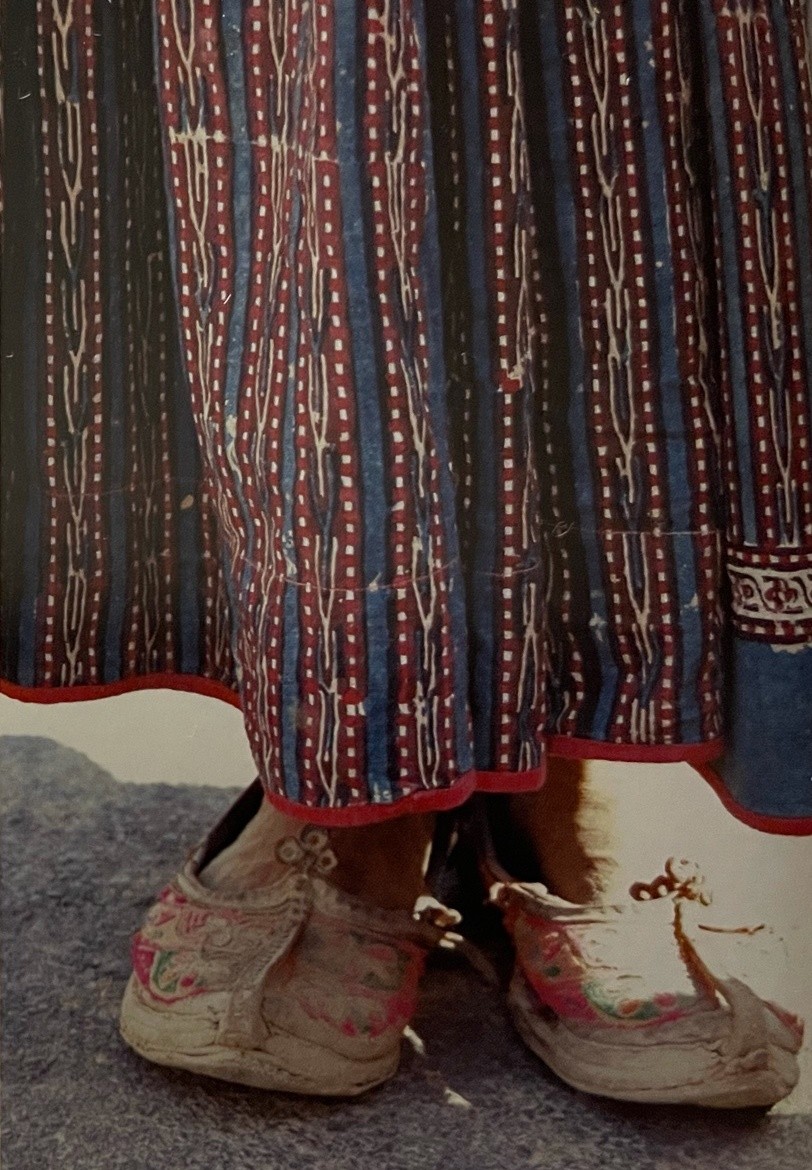
BLOCK PRINTED GHAGGRA DEPICTING THE AGE
As the woman ages, the colors on her ghagra become duller and the motifs simpler. The deep reds become rusts, and the bright yellows slowly go away.
BLOCK PRINTED GHAGGRA DEPICTING THE FINANCIAL STATUS
A woman with a robust financial background dons a ghaggra made of lightweight fabrics, which are finely gathered to construct what is called a lightweight lehenga. The colors are vibrant. These indicate that these women are not required to perform any labor, compared to the other women, who have to toil hard to support their families, and thus, they prefer to wear the ghaggras with coarse fabric and dark prints.

LANGUAGE OF PRINTS ON THE BLOCK PRINTED GHAGGRA OF RAJASTHAN
The ghaggras of Rajasthan are traditionally made from handwoven cotton cloth, which is hand block printed using red, yellow, and indigo shades. The inspiration for these prints comes from the everyday surroundings and objects of the local community. Even the prints on the ghaggra tell the story of the women.

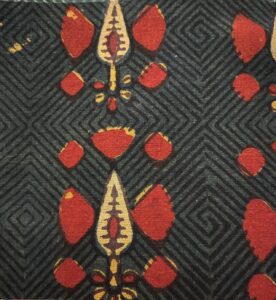
Spear Print. Image: Anokhi Museum of Handblockprinting
SPEAR PRINT
A spear or arrowhead motif is primarily adorned by women from the families of ironworkers or blacksmiths since these workers are historically known as skilled manufacturers of iron spears.
MAALI PRINT ON BLOCK PRINTED GHAGGRA
Maali is Hindi for a gardener named after the Sanskrit word ‘mala,’ meaning a flower garland. The Gardner community grows fruits, vegetables, and flowers, and their motifs are generally those depicting vegetation.

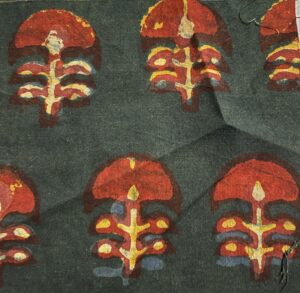
Marigold Print
GAINDA OR MARIGOLD PRINT ON BLOCK PRINTED GHAGGRA
The marigold is one of the most highly cultivated flower crops in India. It is used for many purposes such as medicinal, flavoring, dyeing, offerings, and ornamentation.
The marigold print is worn traditionally by middle-aged maali ( gardener) women.

Jasmine Print
Chameli or Jasmine Print ON BLOCK PRINTED GHAGGRA
The delicate sweetly-scented flower of the jasmine plant serves as an inspiration for the chameli print. It is worn traditionally by widowed gardener women.
Like the above prints, there are many other prints inspired by plants, herbs, and flowers such as neemboli ( the seeds of the need tree), babooliya ( a local hardy desert tree), goonda ( intertwining plant motifs of yellow cherry-like fruit), long (this design depicts the dried, unopened flower buds of cloves), gul butah (the gul is a local highly-scented rose flower), methi ( fenugreek) and mobiyara fatiya ( ripe cotton bol, bursting open) etc
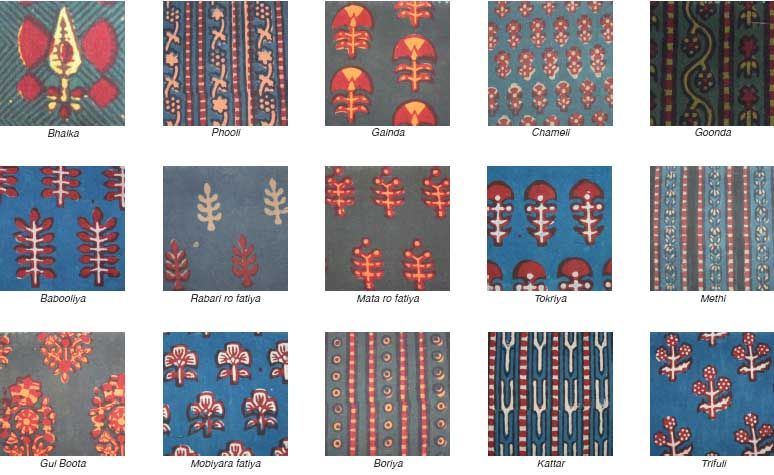
If you have noticed, all of the above-mentioned prints come from flowers or plants which have high medicinal or emotional value with life-giving or enhancing properties.
The print and design language of the traditional ghaggra of Rajasthan has changed a lot over so many centuries. However, despite all the innovations, the centuries-old traditional prints and styles can still be commonly spotted.
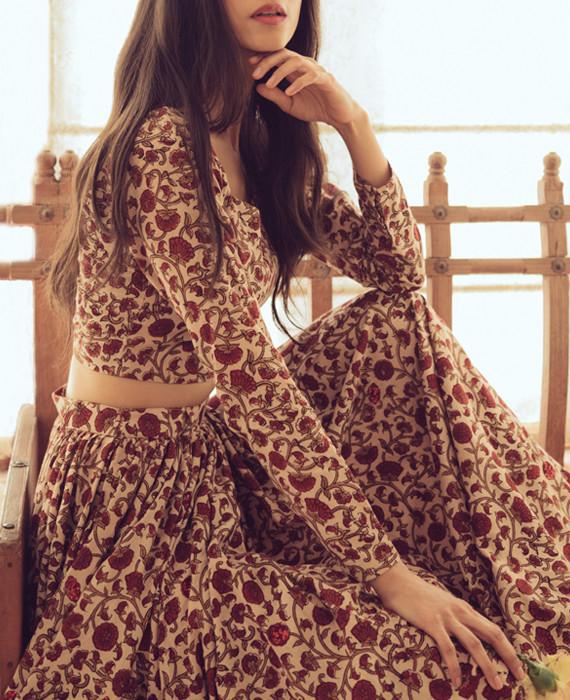
ABOUT THE AUTHOR
 Nidhi Garg Allen is an alumnus of Parsons School of Design and Adjunct Professor at the Fashion Institute of Technology. She is a technologist turned artisan entrepreneur and the founder and CEO of Marasim. Marasim based in NYC is committed to preserving artisanal textiles that make use of regional techniques without uprooting craftspeople from their native communities
Nidhi Garg Allen is an alumnus of Parsons School of Design and Adjunct Professor at the Fashion Institute of Technology. She is a technologist turned artisan entrepreneur and the founder and CEO of Marasim. Marasim based in NYC is committed to preserving artisanal textiles that make use of regional techniques without uprooting craftspeople from their native communities


No Comments